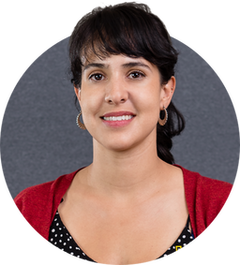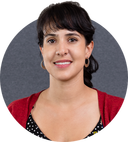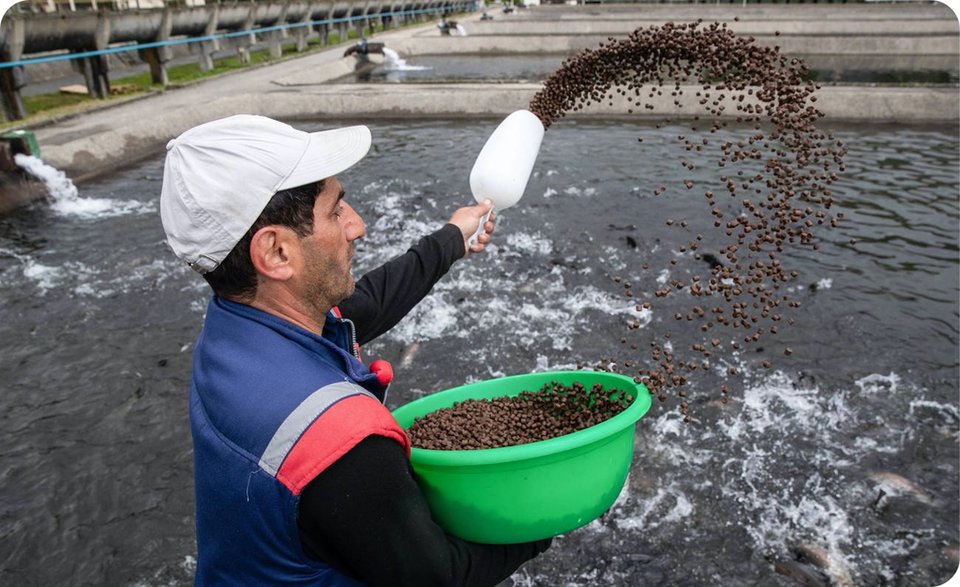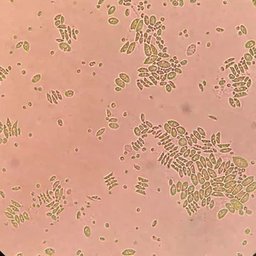
MarissaCuevasFloresisthefounderandCEOofmicroTERRAbasedin Mexico.
Q:Let’sstartbytalkingaboutwhatanenvironmaentalscientistisandwhyyouchosetobecome one.

A:Therearetwokindsofenvironmentalscientists.Bothkindsstudytheenvironmenttolearnhowitbehavesandhow [people] affectit.Thefirst kindjuststudyandobserve.Thesecondkindusesthetoolsofbiology,chemistry,andengineeringtosolveorreversethis damage.
Iamthesecondkind.Ineededtohaveapurpose.Ifyoucan’tfixtheproblemsyousee,it’sveryhardtostaymotivated.Forme,sciencehasalwaysbeenthegreatesttoolthathumanbeings have.
Q:Whatenvironmentalproblemdidyouwanttofocus on?

A:Mostofourfreshwater—about70 percent—goestoagriculture.WaterrunofffromfarmsisoneofthebiggestwaterpollutantsonEarth.Yet,weneedfarmsbecausetheyprovideuswiththefoodweeat.Thatproblemstartedtorollaroundinmyheadbecausewe’renotonlytalkingaboutcleanwater,we’realsotalkingaboutfeeding10 billion people.
Agriculturalwastewatercontainshighquantitiesofnitrogenandphosphorus.Thesenutrientsarefoundinfertilizerandanimalmanure.Whentheyseepintolakesandoceans,theycancausedead zones.

FAST FACT:
Each year,200milliontonsoffertilizerareusedworldwideonourcrops.Yet,itisoftenappliedmoreheavilythancropscanabsorb,anditiswashedawaybyrainor irrigation.
Q:Whatisadeadzone?Howcanagriculturalwastewatercause them?

A:A deadzoneisalowoxygenzoneinariver,lake,oroceanwherenothingcanlive.[Excess] nutrientsfromagriculturalwastewatercause microalgaetogrowquickly.Microalgaearetinyplantsthatliveinthewater.Likeregularplants,microalgaeusephotosynthesistoabsorbsunlightandcarbondioxideandturnitinto oxygen.
Whenyouaddnitrogenandphosphorustothewater,microalgaeabsorbthesenutrients.Theyquicklygrowintoabiomassknownasanalgaebloom.Algaebloomsturnthewatergreenorred,dependingonthestrainof
the microalgae.
Havingsomuchmicroalgaeinthewaterisnottheharmfulthing.Theproblemstartswhenthesemicroalgaedie.Thebacteriathatdecomposethemicroalgaeabsorbalotoftheoxygenfromthewater.Thiscausesadead zone.

algae,asseenundera microscope
algaein water
Q:Howdidyoudecidetotackle
this problem?

A:IdecidedthatIwantedtofindawaytoupcyclewastewater—tomakewastewaterreusable.Irealizedwecouldusemicroalgaetocleanwaterpollutedbyagricultural waste.
Q:Youstartedlookingatfishfarms.Whatdidyou learn?

A:Ilearnedaquacultureproducesalotofwastewater.Mostfishfarmersgrowfishinhuman-madeponds.Thefishinthesepondsproducesomuchpoopthatfarmersneedtoreplaceallthewaterineachpondeveryday.Thewastewatertheyremovefromthesepondsdrainsintotributaries,rivers,and oceans.

Fishfarmsmustmanagetheirwasteproblemsaswellaskeeptheirfish fed.
Q:Whatelsedidyoulearnfromthefish farmers?

A:Weaskedfarmerstotellusallaboutfishfarmingandlearnedthat70 percentoftheirexpensesgointofeedingtheirfish.Soiftherewasawaytomakefishfoodcostless,theywouldbe interested.

Amanfeedsfishatafish farm.
Andthatwasyouraha!moment.Youhadtwoenvironmentalproblems—aquaculturalwasteandfishfarmersneedingcheaperfishfood.That’swhenyoucreatedyourcompany,microTERRA.

Locationand Size
(insquarekilometers)
sizeunknown
1 km2
10 km2
100 km2
1,000 km2
10,000 km2
Excessnutrientscanleadtoexcessivegrowthofalgae.Algaecanblocklightthatotherplantsneedtogrow.Whenalgaedie,theydecay.Oxygeninthewatergetsusedupasalgaedecays.Lowoxygenlevelskillaquaticanimals.Thiscyclecanleadtothecreationofdeadzones.Therearemorethan500deadzones worldwide.
